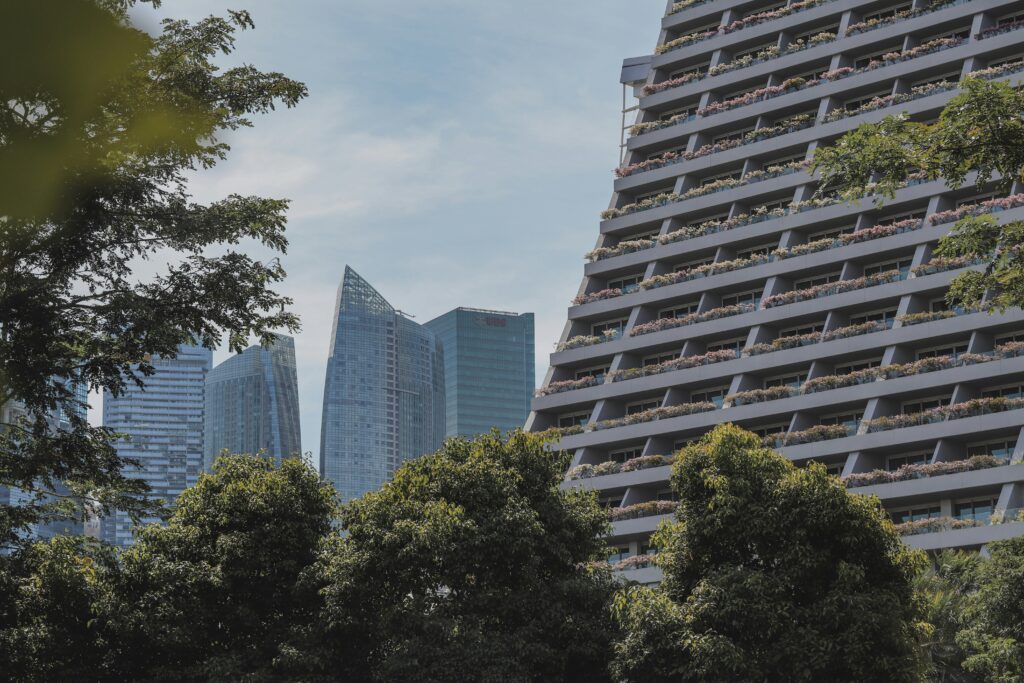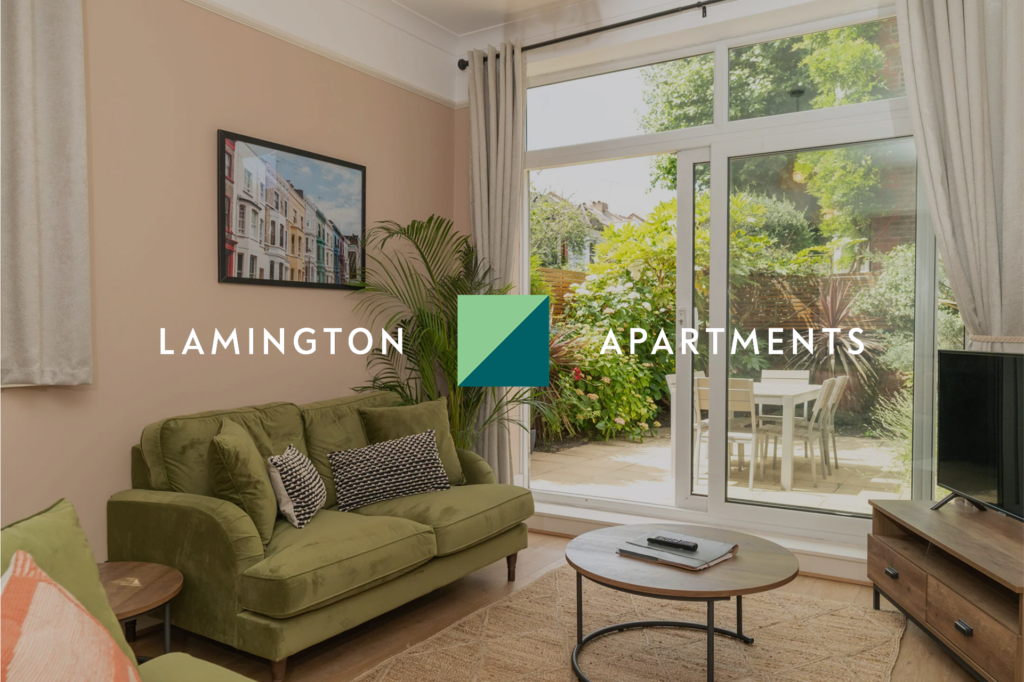Cities in a Warming World: Lessons from Singapore
How can we make our cities more sustainable?
At Lamington Group, this question is central to how we design, build, and operate our hotels. As we work towards our ambition of building and operating the most sustainable hotels in the UK, we’re taking inspiration from global leaders who are rethinking what urban life can look like. One standout example is Singapore.
Singapore is twice as dense as London, yet it feels greener, cleaner, and healthier. It’s the result of long-term, strategic planning and a bold vision to become a “City in a Garden.”
Singapore has shown that high density doesn’t have to mean concrete and congestion. The city requires new developments to replace all greenery displaced, often exceeding that baseline by adding rooftop gardens, vertical greenery, and planted terraces. The result is a city that integrates nature at every level from the ground up.
This kind of transformation is critical – the resilience of our cities will define our ability to withstand the climate crisis. By 2050, nearly 70% of the global population, over 6.5 billion people, will live in urban areas. Cities already account for more than 70% of global carbon emissions, and without rapid change, this number will only climb.

More than 60% of Singapore’s buildings are now certified green, with a target to reach 80% by 2030. Buildings are designed to reduce energy use, purify the air, and provide habitats for urban wildlife. Community gardens and rooftop farms have become commonplace, offering residents a way to grow fresh produce close to home and reduce their reliance on long food supply chains.
Singapore’s sustainability efforts extend beyond buildings, too. The city has committed to reducing landfill waste by 30% by 2030 and uses advanced waste-to-energy systems to minimise the amount sent to landfills. On the streets, initiatives like ‘Car-Free Sundays’ and the implementation of widespread cycling infrastructure are helping to reduce emissions and improve air quality.
Living in greener cities is not just better for the environment, it’s also better for people. Exposure to green spaces improves mental health, lowers stress and reduces the risk of respiratory and cardiovascular diseases. Green neighbourhoods also tend to have strong social cohesion – shared gardens, safe walkable streets and accessible public green spaces encourage people to spend more time outdoors and build community.
At Lamington Group, we’re putting these lessons into practice. From our fully electric, energy-efficient buildings to the introduction of circular systems that reduce waste and emissions across operations, we’re embedding sustainability into every decision. Our room2 hometels are designed to minimise environmental impact while creating vibrant, comfortable spaces for guests.
View other articles






